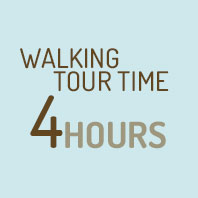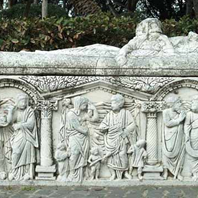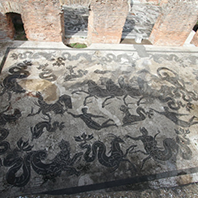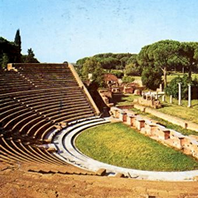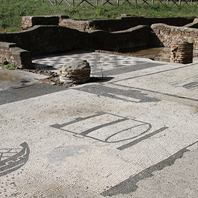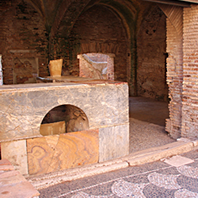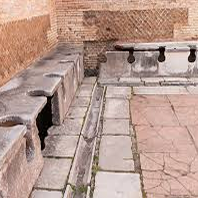Ancient Ostia
The excavation area, the second after Pompei’s, is about 50 ha. Very interesting for the different roman building tecnique from the IV century b.C. to the VI century a.C. at the entrance the Giulio II’s castle, built by Baccio Pontelli.
OSTIENSE NECROPOLIS
With camera tumbs, and sarcofaghus among them the Ermogene tumb.
NEPTUNE BATHS
One of the most vast bath of Ostia, the mosaic in black and white represents the Neptun and Anfitrite’s wedding and the wedding court.
THEATRE
Built by Maco Agrippa, restored by Domitiziano and Settimio Severo and in the ‘40 the theatre could held 4.000 people. During summer the theatre host classical representations.
GUILDS SQUARE
This large square, unique in its kind, was originally surrounded by a colonnade which opened up more than 70 commercial offices all over the Roman world, preceded by mosaics with the insignia of the various activities.
MILLS STREET
It takes its name from an interesting complex of buildings forming part of a furnace in a complete circle from the milling of grain (with lava millstones) the reserved dough, the baking of bread, to the areas of sales…
TERMOPOLIO
A beautiful well-preserved structure of a “tavern” of the imperial era, with service of hot and cold drinks and various foods shown in a well-preserved frescoes.
FORICA
The public toilets attached to the thermal baths of Hadrian. Very interesting and hygiene solutions, hydraulic and revolving door locks.
